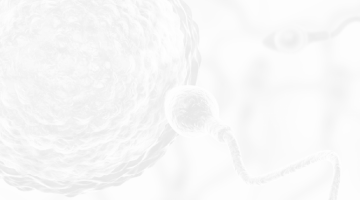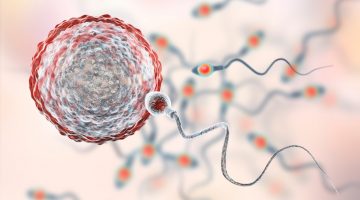Monitoring

The word “monitoring,” is so commonly used in and around a fertility clinic and fertility treatment discussions, but it is rarely ever explained exactly what it is. Let’s take a step back so you know what to expect when it comes to this vital part of your fertility treatment.
What is Monitoring?
Monitoring refers to the office appointments during a fertility treatment cycle (like timed intercourse, ovulation induction, IUI, IVF, Donor Egg IVF, Egg Freezing, etc.) to check your follicular, egg, and uterine lining development.
These appointments start on day 2, 3, or 4 of your cycle and continue every 2-4 days under most circumstances. As hinted at, the importance of these appointments is to ensure that your follicles (which house your eggs) are developing appropriately (and adjust medications if they are not) and to time the procedures (like an insemination, egg retrieval, or embryo transfer) when your body is best prepared.
Additionally, monitoring during your ovarian stimulation helps us avoid any potential complications like ovarian hyperstimulation.
What to Expect at a Monitoring Appointment?
During your monitoring appointments, you will have labs taken and an ultrasound performed.
- The ultrasound is done transvaginally to get the best look at the uterus and ovaries. During the ultrasound, the sonographer will determine the number and size of each follicle along with the endometrial thickness and type.
- The bloodwork taken at each monitoring appointment most commonly includes Estradiol, Progesterone, and LH. Additional labs may be taken if necessary.
After running your labs, a member of the medical team will examine your lab values and ultrasound results and determine if your follicles and lining are developing appropriately or if adjustments need to be made. As medications are introduced to your system, your follicles should begin to grow and your estrogen levels should rise, thus providing evidence that the follicles are maturing appropriately.
How Many Monitoring Appointments Will I Have?
The number of monitoring appointments that you’ll need varies greatly depending on both the type of treatment you are having (timed intercourse, IUI, IVF with fresh transfer, or IVF with a Frozen Embryo Transfer (FET)), along with the type and dosage of medication you are taking.
As mentioned above, monitoring appointments usually begin on day 2, 3, or 4 of a female’s menstrual cycle and subequently occur every 2-4 days. In general, that means you can expect to have 2-5 monitoring appointments including your baseline during a treatment cycle. Those doing less invasive treatments like timed intercourse and using lower-level medications (like letrozole) will usually be closer to the 2-3 range, where those doing IUI or IVF with injectable medications will usually be in the 4-5 range.
As you progress from the beginning of a treatment cycle, you can expect monitoring appointments to be more frequent as it becomes increasingly important to keep a close eye on the follicles, eggs, and uterine lining in order to appropriately time the planned fertility treatment procedure.
It is also important to keep in mind that while many fertility treatments are conducted in one menstrual cycle, some treatments like IVF with genetic testing require an FET. Other times, blood and ultrasounds during an IVF cycle dictate that the patient should steer away from a fresh transfer and do a freeze all cycle with a frozen embryo transfer.
Treatments that require an FET are broken up into two cycles (one for stimulation and egg retrieval and a second cycle for uterine lining preparation and implantation), and thus will require two cycles worth of monitoring.
What is a Baseline?
A baseline is another term that is frequently used with no explanation. Quite simply, a baseline can be viewed as a patient’s first “monitoring” appointment that quite literally establishes blood hormone, lining, and follicular baseline levels on day 2, 3, or 4 of the female’s menstrual cycle. For Anovulatory Patients (or those with otherwise absent/infrequent cycles), baseline can be at any point in time.
What about Home Ovulation Predictor Kits?
While it is nearly always recommended to have blood and ultrasound monitoring done at a medical facility for both patient safety and to obtain the best results, some may find it appropriate to use a home ovulatory predictor kit when doing less invasive treatments, especially when their insurance will not cover the monitoring appointments.
For those doing natural IUIs (no medications used), frequently recommended for those with regular cycles and minimal fertility factors and those in the LGBTQ community, or even oral cycles (like letrozole or clomid), it is often feasible and medically appropriate to use an Ovulatory Predictor Kit (OPK) to determine when you’re ovulating.
Those who choose to go this route will simply schedule their insemination and come into the office for that one day (or two if doing a double insemination).
Please note that using OPKs may not always be an option, particularly if you’re using injectable medications.









